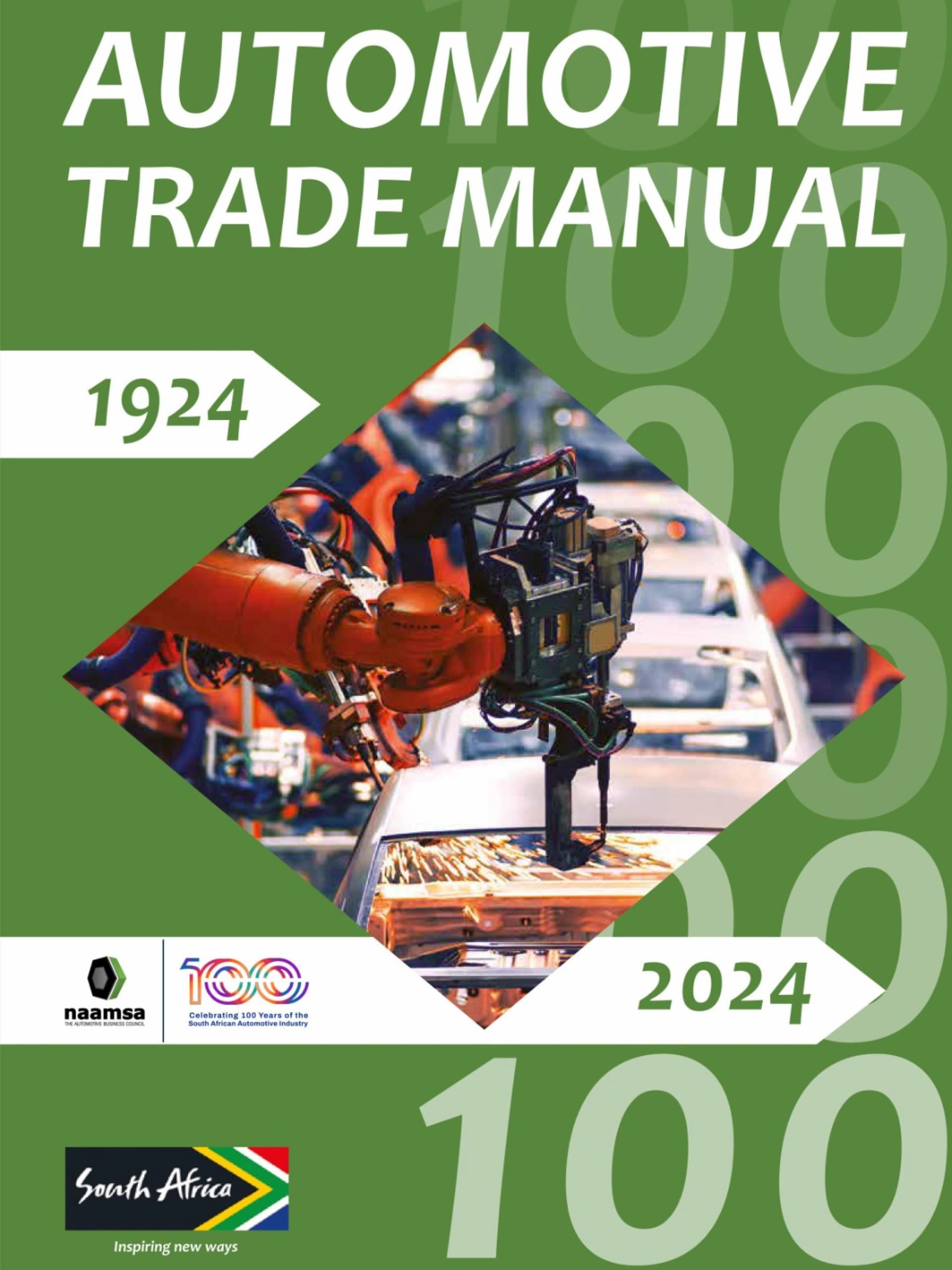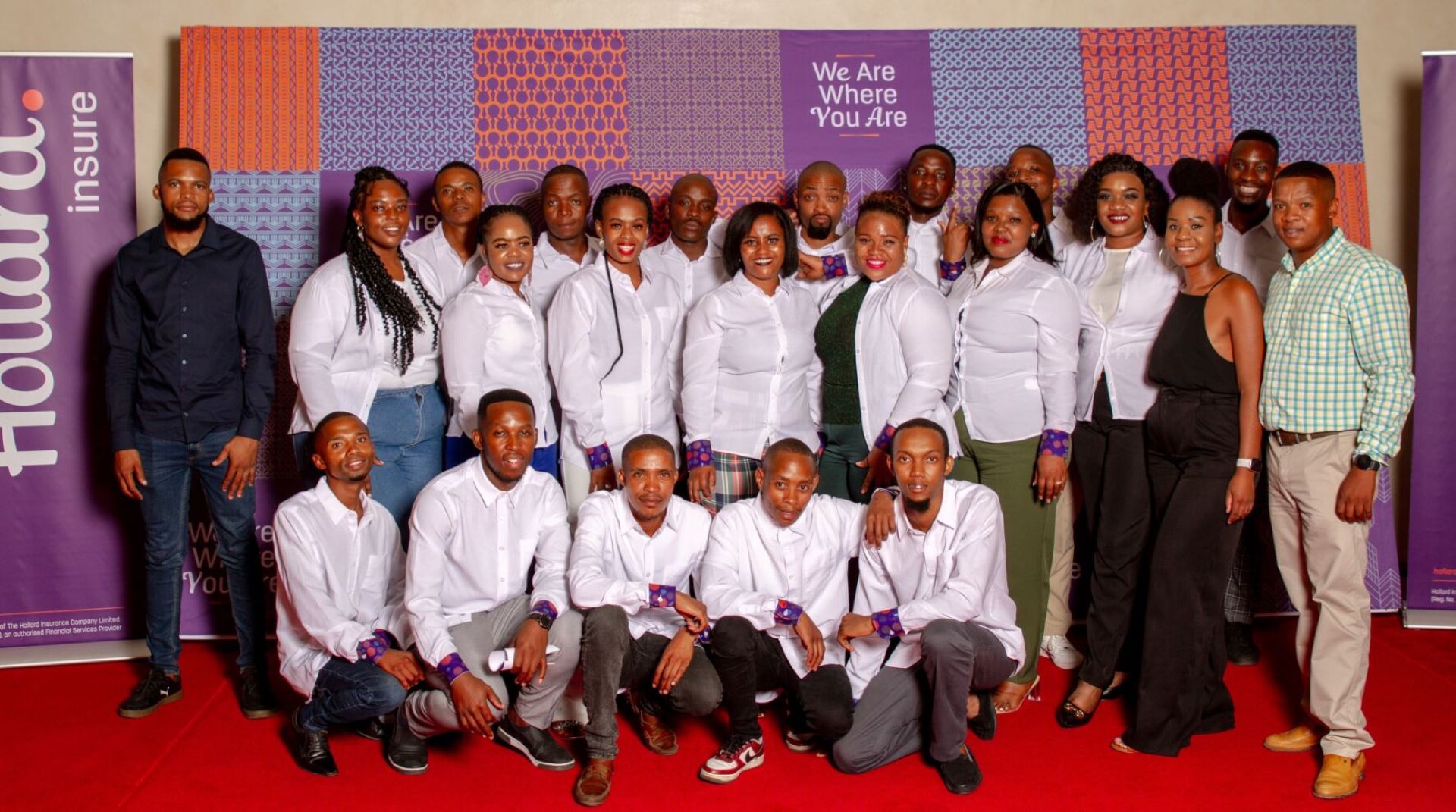The motor body repair industry is opening doors for young men and women with a range of qualifications they can use to secure exciting career prospects in South Africa.
Gone are the days when the sector was regarded as dull and dreary and for men only. Today the qualifications are highly sought-after. Women are also making waves in the industry, with their innate attention to detail among the skills opening many doors for them.
“Anyone can succeed through the learning opportunities we offer, regardless of the challenges people may face in their personal circumstances. All you need is passion for the trade, commitment and discipline,” says Jacques Viljoen, national director of SAMBRA (the South African Motor Body Repairers’ Association), a proud association of the Retail Motor Industry Organisation (RMI).
Viljoen says it is up to youths themselves to take their future into their own hands by being flexible with their career plans and seizing opportunities that could now work for them in South Africa.
He says apprenticeships are an excellent means to develop a trade-specific skill, and significantly this is one sector that desperately needs skilled artisans. Apprentices have a good chance of entering the industry full-time,” says Viljoen.
The results of a recent survey by Remchannel HR Quarterly, show there is still a dire need for young artisans in a host of different disciplines in South Africa. The survey showed that only 0.6% of qualified artisans are under 25 years of age! The government has a goal of 30 000 artisans qualifying annually. There are still many opportunities open for young people interested in a career in the motor sector.
In the motor body repair sector, specifically, there are currently 1 405 registered automotive body repairer artisans and 932 spray painter artisans. In terms of apprentices, there are currently 270 registered automotive body repair apprentices and 200 spray painters. “There is definitely scope to increase these numbers,” says Viljoen.
What many employers often forget is the important need for succession planning, particularly when there is such a shortage of skilled artisans. “Training your own apprentices is not only important for business sustainability, but it has many benefits for business owners, including seeing a measurable return on investment (ROI). One only has to measure the hours attended, sold and worked according to the merSETA ROI apprentice online calculator to realise the financial benefit,” says Viljoen.
“It is unfortunate that we are seeing a decline in the number of registered apprentices when compared to 2019. This highlights the urgent need for employers to continue training apprentices, and for newly registered employers to request workplace approval to train young people.
“An apprenticeship combines theory, practical work and workplace experience in a chosen trade field. In the case of a listed trade, such as panel beating or spray-painting, it ends in a trade test and you receive an artisan certificate of competence,” explains Viljoen.
It usually takes three to four years to achieve artisan status, after which employment is generally guaranteed should the parties agree to a continued employment relationship. Apprenticeships in South Africa are monitored closely by merSETA as a quality partner to the Quality Council for Trades and Occupations (QCTO). The National Artisan Moderation Body (NAMB) oversees trade tests and also works closely with the merSETA and the QCTO.

The move to Occupational Qualifications
Viljoen says one of the big changes in the qualification will be the transition from legacy qualifications to occupational qualifications from 1 July 2024.
Occupational Qualification apprentice contracts will be signed between three parties, namely Employer, Apprentice & Training centre (now known as Skills Dev. Prov./SDP), and the qualification will consist of knowledge modules (KMs), practical modules (PMs) & workplace modules (WMs). The KMs and PMs must be completed & signed off by your accredited SDP, for example, TVET colleges and private training centres.
There are a number of different training facilities. Spray painting has three levels of apprenticeship, and automotive body repairs require four levels on the Competency-Based Modular Training (CBMT) delivery method. The learnership, called the National Certificate: Automotive Spray Painting and Automotive Body Repair, also gets offered by way of a learnership-route to become a qualified artisan. It is important to note that workplace experience is essential to gain access to a trade test.
Viljoen says employers should make use of the current transition period between now and 30 June 2024 to enrol learners (including apprentices) for CBMT, time-based and learnership qualifications. They can then utilise the teach-out period to complete the training (3-4 years depending on the trade) and get the apprentice trade test ready.
Is it only for men?
On the subject of women entering the sector, Viljoen says SAMBRA is seeing many women pursuing a trade in spray painting, and even owning their own panel shops.
“The trade has a physical component, but just as important, a colour-mixing and -matching component, and this is where women who have an eye for detail really stand out.”
“Many workshops have qualified female artisans managing the mixing room because it requires accuracy to blend colours, and women are good at it. This is an additional responsibility as a spray painter.
“In a panel-beating workshop, you have panel beaters and spray painters under one roof, so if you have both these trades, it is a massive advantage.”
Both are hands-on trades. Skills are applied in the workshop to ensure the learner achieves maximum workshop exposure on the different tasks of each trade.
The two trades are in demand locally because of the standard of workmanship required to meet the manufacture’s standard.
Why an apprenticeship makes sense.
For the apprentice, the programme hones the student’s ability in the trade through practical skills and experience and also encourages further education and training opportunities.
“Don’t forget that most current MBR business owners started by acquiring a trade and doing the relevant apprenticeship! So if you wish to own your own MBR business one day, an apprenticeship is where you start,” he says.
Viljjoen advises anyone interested in an apprenticeship to speak to qualified artisans and visit their workplaces to see what the job entails. They can also contact their local TVET college advisory centre or SAMBRA for guidance.
“There are many challenges with employment in South Africa, but the youth have age and flexibility on their side and should leverage this,” Viljoen concludes.



